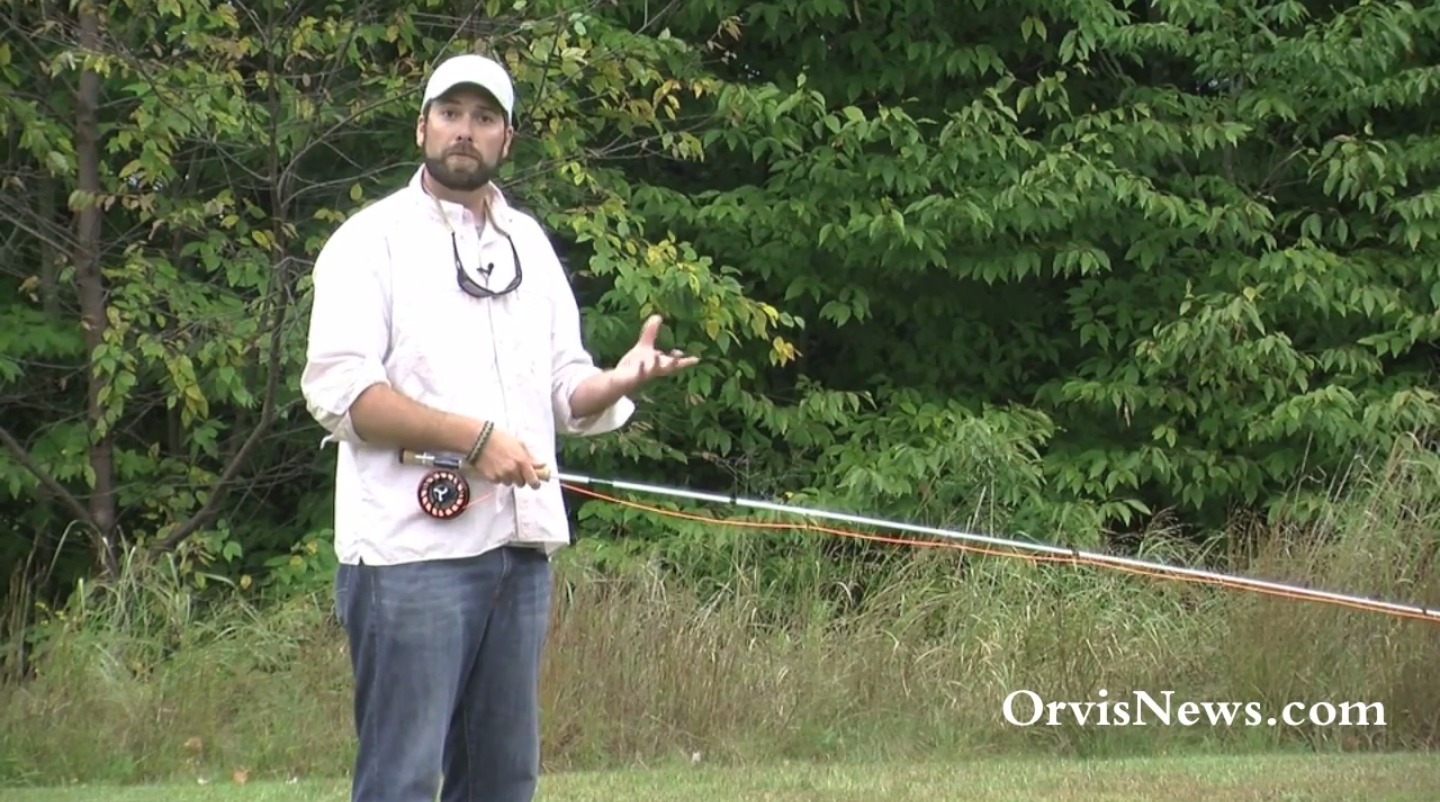Learn to fly cast
Practice basic fly cast techniques using a lightweight practice rod or rope, learning arm motion, timing, accuracy, and safe casting in an open area.



Step-by-step guide to learn to fly cast
How Drones Fly: Easy Science for Kids | STEM Learning with Appsolute Kids
Step 1
Go to an open outdoor area at least 10 feet away from people and breakable things.
Step 2
Ask an adult to supervise you during the whole activity.
Step 3
Tie one end of the rope to the tip of the practice rod or stick.
Step 4
Tie the ribbon or foam piece to the other end of the rope to make a lightweight fly.
Step 5
Hold the rod in your dominant hand near the grip with your thumb on top and fingers wrapped around.
Step 6
Stand with your feet shoulder-width apart and put your non-dominant foot slightly forward.
Step 7
Lift the rod tip smoothly backward until the tip points over your shoulder.
Step 8
Pause briefly to let the rope and ribbon straighten behind you.
Step 9
Flick the rod forward quickly and release the rope when the rod is near eye level so the ribbon flies toward the target.
Step 10
Aim at your target and cast five times to get a feel for the motion.
Step 11
Watch where the ribbon lands after a cast to see how accurate you are.
Step 12
Take a small step forward or backward and cast again to try landing closer to the target.
Step 13
Practice finishing each forward cast by stopping the rod tip downward to remove slack in the line.
Step 14
Gather your rod rope and ribbon and put them away safely.
Step 15
Share a photo or short video of your fly cast practice or write what you learned and post it on DIY.org.
Final steps
You're almost there! Complete all the steps, bring your creation to life, post it, and conquer the challenge!


Help!?
I don't have a practice rod, rope, or ribbon—what can I substitute?
Use a broom handle, dowel, or sturdy stick as the practice rod, substitute strong string, yarn, or a shoelace for the rope, and use a strip of plastic bag, foam, or fabric as the ribbon so you can tie one end to the rod tip and the other to make a lightweight fly.
My fly keeps tangling or won't fly straight—what should I check?
Check that your knots at the rod tip and on the ribbon are secure, pause long enough after lifting the rod so the rope and ribbon straighten behind you, and time the quick forward flick and release near eye level while finishing with the rod tip pointed downward to remove slack.
How can I adapt the steps for younger children or make it more advanced for older kids?
For younger children shorten the rope, use a larger foam fly, have an adult guide the backward lift and forward flick while standing closer to the target, and for older kids use a longer rope, practice stepping forward or backward to refine aiming, and cast from the full shoulder-width stance described in the instructions.
How can we extend or personalize the fly-casting activity?
Make a marked target on the ground at different distances, decorate the ribbon to personalize your fly, count how many of five casts land on the target to track improvement, and share a photo or short video of your practice on DIY.org.
Watch videos on how to learn to fly cast
"Intro Drone for Kids — Learn to Fly Safely & Have Fun!"
Facts about fly fishing and casting for kids
🎯 'False casting' is a practice motion of back-and-forth casts that helps build timing and accuracy before the fly lands.
🎣 Fly casting is the special technique that uses the weight of the line (not the fly) to carry a tiny, lightweight fly to a target.
📚 Fly fishing has been written about for centuries — Izaak Walton's The Compleat Angler is a famous classic on angling.
🧠 Practicing with a lightweight rod or even a rope is safe and awesome for building muscle memory and smooth arm motion.
🏆 There are fly-casting competitions for distance and accuracy; top casters can often reach well over 100 feet.
How do you practice a fly cast with a lightweight rod or rope?
What materials do I need to practice fly casting at home?
What ages are suitable for kids learning fly casting?
What safety tips should I follow when teaching my child to fly cast?


One subscription, many ways to play and learn.
Only $6.99 after trial. No credit card required



